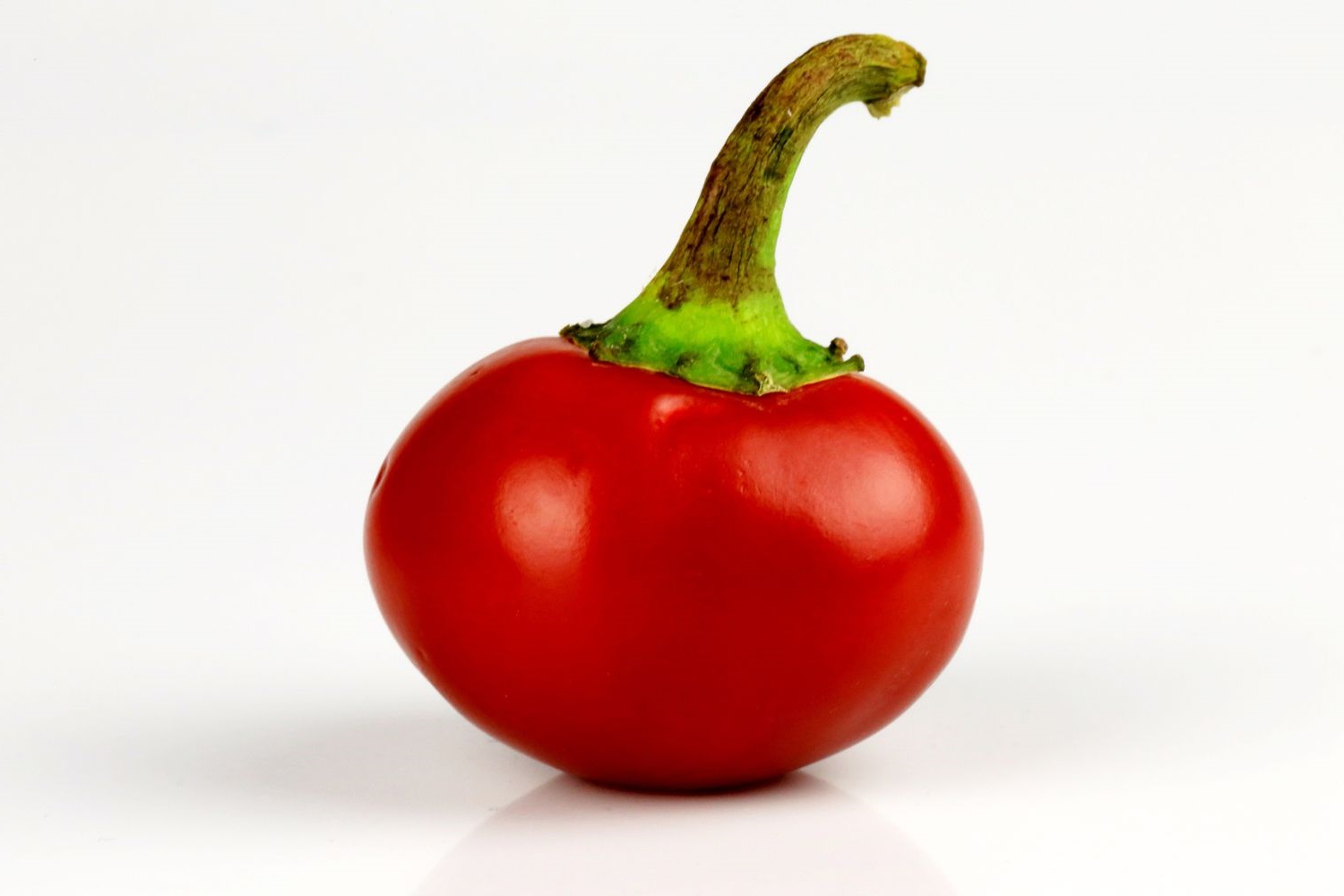
Cherry peppers are small, round, and pack a punch of flavor. These vibrant red or green peppers are not just a feast for the eyes but also a delight for the taste buds. But what makes cherry peppers so special? For starters, they offer a unique combination of sweetness and heat, making them a versatile ingredient in many dishes. Whether you're a fan of pickling, stuffing, or simply adding a spicy kick to your meals, cherry peppers have got you covered. Did you know they are also rich in vitamins A and C, boosting your immune system while tantalizing your palate? Let's dive into 25 fascinating facts about these fiery little gems that will leave you craving more.
Key Takeaways:
- Cherry peppers are small, round, and vibrant red with a mild heat level. They are rich in vitamins A and C, low in calories, and can be used in various dishes, making them a versatile and healthy addition to your diet.
- If you want to grow your own cherry peppers, make sure to provide them with full sunlight, well-drained soil, and regular watering. With the right care, you can enjoy a bountiful harvest of these fiery little fruits in just 70 to 80 days.
What Are Cherry Peppers?
Cherry peppers, also known as pimiento or pimento peppers, are small, round, and vibrant red. They pack a punch in both flavor and heat, making them a popular choice in various cuisines.
- Cherry peppers are typically about 1 to 2 inches in diameter.
- They belong to the Capsicum annuum species, the same family as bell peppers and jalapeños.
- These peppers are often used in pickling due to their firm texture and robust flavor.
- Cherry peppers have a Scoville heat rating ranging from 100 to 500 units, making them milder than jalapeños.
- The name "pimiento" comes from the Spanish word for pepper.
Nutritional Benefits of Cherry Peppers
Cherry peppers are not just flavorful; they also offer several health benefits. Here are some nutritional facts about these fiery little fruits.
- Cherry peppers are low in calories, with just about 30 calories per 100 grams.
- They are rich in vitamins A and C, which are essential for immune function and skin health.
- These peppers contain capsaicin, a compound known for its anti-inflammatory and pain-relief properties.
- They are a good source of dietary fiber, aiding in digestion and promoting gut health.
- Cherry peppers also provide small amounts of essential minerals like potassium and magnesium.
Culinary Uses of Cherry Peppers
Cherry peppers are versatile in the kitchen. Their unique flavor and heat make them suitable for various dishes.
- They are often stuffed with cheese or meats and served as appetizers.
- Cherry peppers can be roasted and added to salads for an extra kick.
- They are a popular ingredient in Italian cuisine, especially in antipasto platters.
- Pickled cherry peppers are commonly used as a condiment for sandwiches and burgers.
- These peppers can be dried and ground into a powder to spice up soups and stews.
Growing Cherry Peppers
Interested in growing your own cherry peppers? Here are some fascinating facts about cultivating these spicy delights.
- Cherry pepper plants thrive in warm climates and need full sunlight.
- They require well-drained soil with a pH level between 6.0 and 6.8.
- The plants usually take about 70 to 80 days from planting to harvest.
- Regular watering is essential, but overwatering can lead to root rot.
- Cherry pepper plants can grow up to 2 feet tall and produce numerous fruits per plant.
Fun Facts About Cherry Peppers
Cherry peppers have some interesting trivia associated with them. These fun facts will make you appreciate them even more.
- The pimento used in stuffed olives is actually a type of cherry pepper.
- In Spain, cherry peppers are often used to make a traditional dish called "pimientos de Padrón."
- The vibrant red color of cherry peppers comes from carotenoids, which are antioxidants.
- Cherry peppers are sometimes called "cherry bombs" due to their shape and explosive flavor.
- They are often confused with cherry tomatoes because of their similar appearance, but their taste is entirely different.
The Spicy Truth About Cherry Peppers
Cherry peppers, with their vibrant color and unique flavor, pack a punch in both taste and nutrition. These small but mighty peppers are rich in vitamins A and C, boosting your immune system and promoting healthy skin. They add a delightful kick to dishes, making them a favorite in many kitchens. Whether you enjoy them fresh, pickled, or stuffed, cherry peppers offer versatility and excitement to your meals.
Their moderate heat level makes them accessible to those who might shy away from spicier options. Plus, growing cherry peppers at home is relatively easy, providing a fresh supply right from your garden. So, next time you're looking to spice up your culinary creations, consider adding cherry peppers. They're not just a treat for your taste buds but also a nutritious addition to your diet. Enjoy the fiery goodness!
Frequently Asked Questions
Was this page helpful?
Our commitment to delivering trustworthy and engaging content is at the heart of what we do. Each fact on our site is contributed by real users like you, bringing a wealth of diverse insights and information. To ensure the highest standards of accuracy and reliability, our dedicated editors meticulously review each submission. This process guarantees that the facts we share are not only fascinating but also credible. Trust in our commitment to quality and authenticity as you explore and learn with us.


